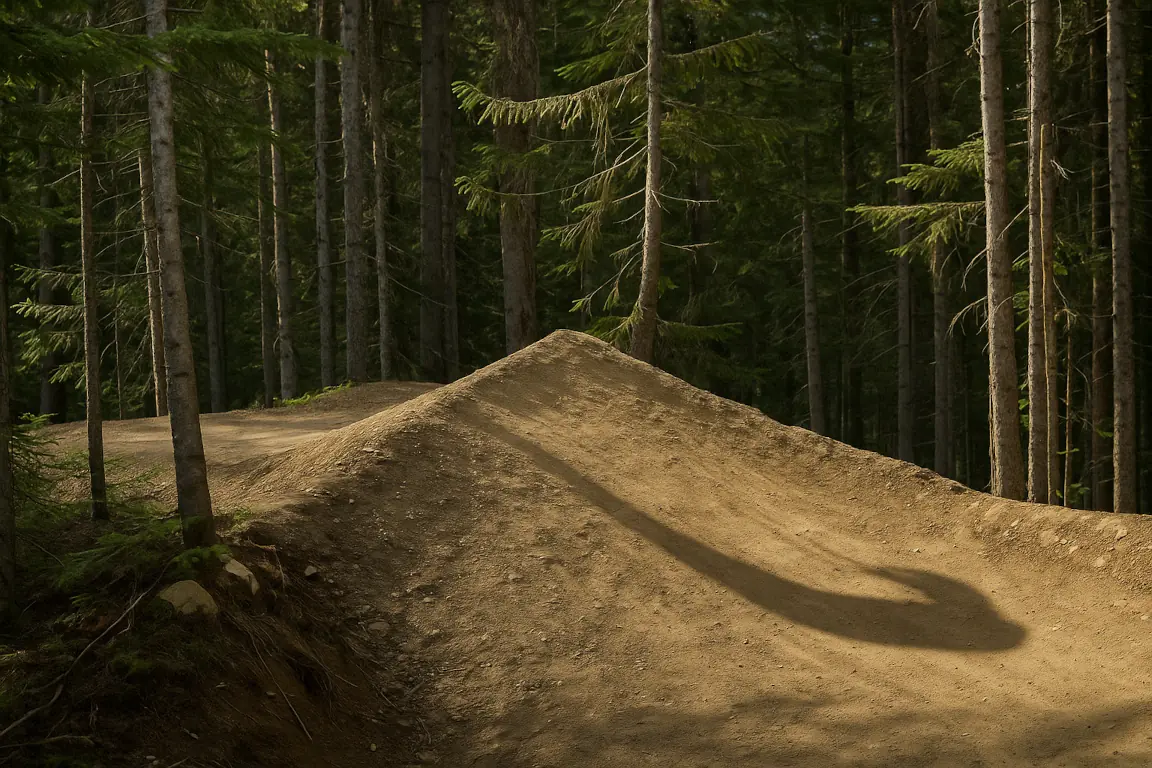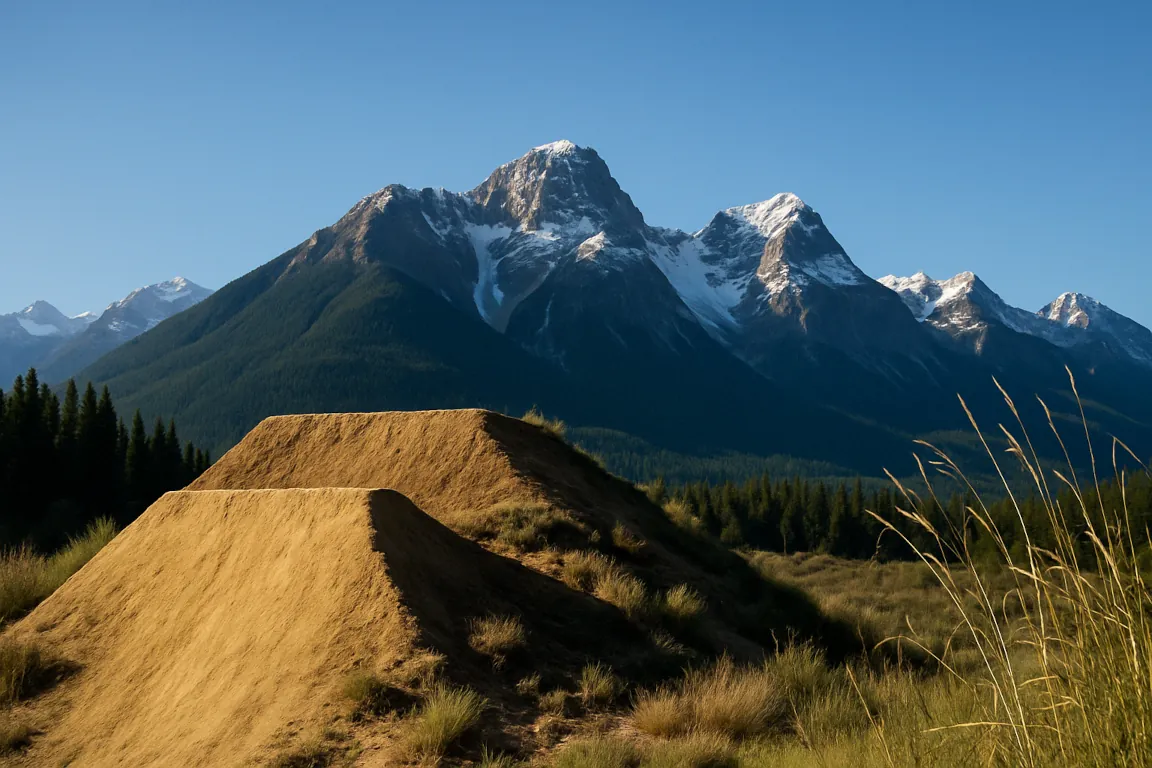Jump Design Calculator
Calculate proper takeoff and landing dimensions based on speed and takeoff angle
Design safer, more effective mountain bike jumps with our physics-based calculator. Input rider speed and takeoff angle to visualize the perfect jump trajectory, distance, height, and landing angle for your trail features.
Results will appear here
Enter rider speed and takeoff angle to calculate jump dimensions
Note: This calculator is a guideline only. Results may include a margin of error. Always verify in the field.
Step-by-step guide to designing a mountain bike jump with proper dimensions using our physics-based calculator.
Physics-Based Calculations
The calculator uses projectile motion physics to accurately model jump trajectories:
- Trajectory: The parabolic path a rider follows through the air
- Air Time: The total time the rider spends in the air
- Landing Angle: The angle at which the rider will land
- Interactive Chart: Visual representation of the jump trajectory
Enter Rider Speed
Input the expected speed of the rider approaching the jump in mph or km/h.
Enter Takeoff Angle
Input the angle of the takeoff lip in degrees (typically between 15-30° for most jumps).
View Results
Review the calculated jump distance, height, air time, and landing angle. The interactive chart shows the complete trajectory.
Results Update Automatically
The calculator will instantly provide results as you change the input values. No need to click a calculate button.
Building proper jumps involves more than just the dimensions. Consider these additional factors for successful feature construction.
Takeoff Shape
Create a smooth, curved transition for the takeoff rather than an abrupt lip. A clothoid (Euler spiral) shape provides the best transition from flat to the takeoff angle.
Landing Zone
Make the landing zone wider than the takeoff to accommodate different trajectories. The landing should be steep enough to match the calculated landing angle for a smooth transition.
Table Design
For safety, especially for beginner and intermediate jumps, use a full tabletop design rather than a gap. This allows riders to land on the table if they come up short.
Approach and Exit
Ensure the approach is smooth and allows riders to maintain consistent speed. The exit should provide a smooth transition back to the trail.
Material Compaction
Thoroughly compact all materials in layers to prevent erosion and maintain the shape over time. Pay special attention to the takeoff lip and landing transition.
Testing and Refinement
Have experienced riders test the feature at various speeds and provide feedback. Be prepared to make adjustments to improve safety and rideability.


